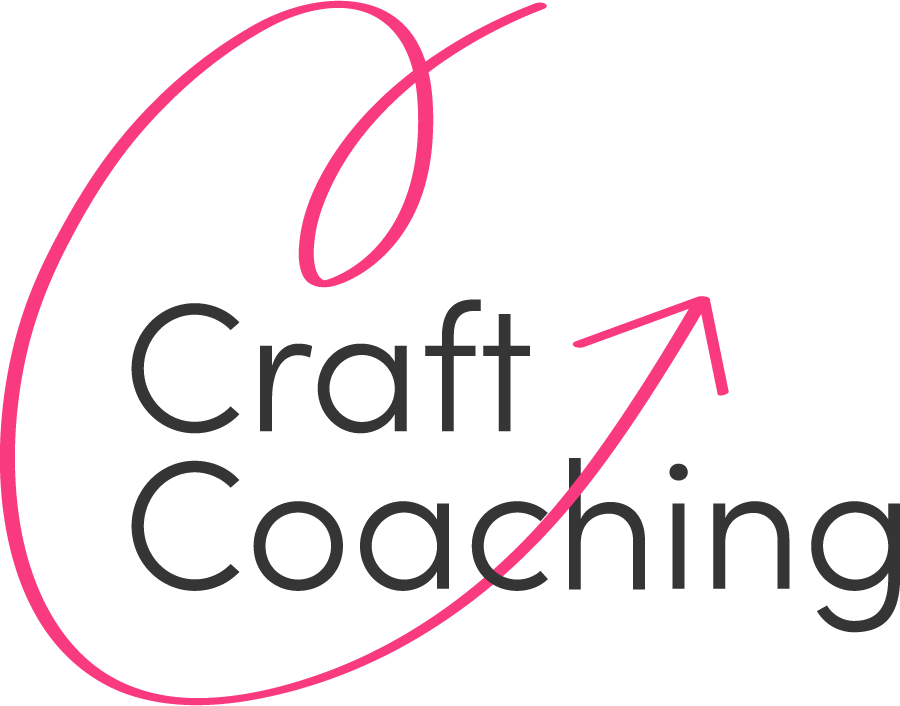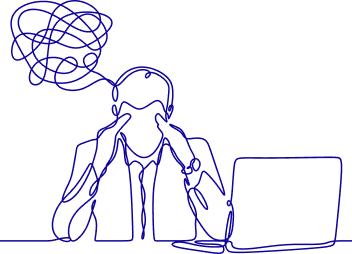We make a lot of decisions. The most recent research suggests it’s around 35,000 per day – but we’re adding to it all the time.
As more and more jobs move to the digital space, the focus on mental exertion rather than physical is only increasing, and the overwhelming sensation of “decision fatigue” is setting in big time for the vast majority of people.
And it isn’t limited to senior execs, C-suite leaders and *insert-important-job-titles-here* making a hundred “business-critical” decisions a day, and all that malarky. I’ve seen it in grads and interns just as much as in team leads and managers – if not worse, as they have less experience of how to handle it.
It’s one of the most common problems I get approached with on a daily basis, so I wanted to use this article as a way of really simply breaking down what it is, where it’s coming from, and how to start dealing with it right now.
Disclaimer – as you can see from my profile, I’m not a scientist or clinical psychologist, so if you’re looking for a super in-depth scientific analysis, this experience-led advice piece isn’t for you.
As a coach, I help people to think differently, equipping them with the practical tools they need to make it happen. This article is intended to do just that – to expand your understanding of why you’re feeling the way that you are, and hopefully get you breaking those thought patterns that are causing you indecision.
Defining “decision fatigue” and where it comes from
I came across a phrase recently that I think sums it up pretty well: it’s as though your brain has too many tabs open. As a result, your own “computer” acts in much the same way, as its ability to process information (or more specifically, get shit done) slows down. For whatever reason, you’re experiencing lag.
You feel stuck. You have too many options, so you can’t move forward with any of them. And that, introduces the root of why you’re feeling it: fear… of making the wrong decision.
But why does this happen? The human brain is well accustomed to analysing threats and making decisions on autopilot; it burns energy all the time to unconsciously process 11 million bits of information every second, even though our conscious minds can only deal with around 40-50 bits of information a second. (Ok, maybe one scientific fact for good measure?)
But in my experience, decision fatigue only seems to cause massive internal conflict when it’s about something we consciously deem to be important, and therefore devote greater energy to.
Let’s say you really want to leave your current job – but the thought of actually updating your CV and portfolio, writing cover letters, applying for roles, interviewing, dealing with rejection and so on, all whilst still coping with your current role, is often so damn exhausting that you forget the idea and go back to procrastinating.
That’s because the key driver for most people is “pain aversion”, rather than “pleasure seeking”. In other words, sticking with your current role ticks all the boxes for short-term gain – it avoids the daunting prospect of applying elsewhere, whilst also satisfying your threat-response anxiety caused by the unknown of a new role.
So, you stay in the job, and you stay unhappy as a result. Still stuck. Still unsure what to do. And the mental cycle picks up again every time you want to throw the towel in.
Whether you’re facing a similar scenario to this, or it’s about something completely different, the mental process will usually go something like this:
- I have a problem and I need to solve it
- I have too many options – which one is the right one?!
- Now I’m overwhelmed and overheating
- This feeling is the new problem; how can I remove this feeling?
- Avoid the first problem entirely – ooo look a distraction!
- Repeat
What we need to do, is change it to this:
- I have a problem and I need to solve it
- I know what I want to happen to solve it
- I have 5 options – 2 of them move me closer to that idea
- I have two options; one is easier than the other
- I can start to solve my problem by XYZ
But, how do I do that?
Every person is unique, and each time you encounter decision fatigue you’ll be in a slightly different mindset. That’s why a good coach will work through these thought patterns with you, giving you tools and techniques tailored to how you think and handle situations.
It takes time, plus lots of practice and repetition to change engrained thought patterns – but while there’s no one-size fits all, there are certain things you can do. The 3-step exercise below should help you to start identifying decision fatigue, working through it and changing those thought patterns when they crop up.
1. Identify what success looks like
Whatever the issue you’re facing, have you sat down and considered what the ideal solution or scenario would be?
Most people end up blinded by the problem, not moving in any direction to try and solve it because they’re scared of making the wrong decision.
But how can you tell a “bad” decision from “good” if you’ve not actually determined what those two words really mean?
With anything you do in life, but especially work, you need to know what you’re aiming at before you can move forward with any confidence.
2. Identify your options
There are always options, even “do nothing” is an option, which most people end up doing by accident because they’re so overwhelmed by how many there seem to be.
But now you know what “good” looks like, you can take some time to write down your different options.
This removes that feeling of overwhelm, because instead of there being so many options that you can’t think straight, it then becomes four or five that you can see clearly in front of you.
3. Identify your actions
Now that you’re clear on what you’re aiming at and the different paths in front of you, you can start to take action.
Play out mentally what’s likely to happen with each option, then focus only on the ones that move you closer towards that definition of success and then ask yourself: “how would I start?”
Whichever the simplest option is to get started with, is usually your answer on how to progress. It doesn’t matter what it is – from a career move to a house move, identifying the options and discounting the ones that don’t move you towards your goal will decrease the pain of indecision.
You might even find yourself enjoying it, because now you can see a clear route with stepping stones of how to get there, rather than just a fork in the road that splits off into another option, and another and another and… you get the idea.
Bonus tip: clear out the decision clutter
I found this next process massively constructive, and this should help anyone who encounters decision fatigue as a daily occurrence as part of a stressful role, rather than dealing with a “big problem”.
If you’re like I was, you’re up to here (*raises hand well above head height*) with your stress levels, and more tasks keep being added to your to-do list each day.
I’ll let you in on a secret here, as a fellow lover of making lists: when it comes to time management, they’re completely useless.
You will never reach the end of your to-do list, so judging yourself on its completion is fruitless, and only serves to demoralise you if you’re already in a heightened state of stress.
I found that a better practice is to take some time to work out the most productive routine you want to have (this counts even for your free time), and literally organise your day via dedicated time slots that match that routine.
You’ll find that you feel a lot better at the end of the day from spending focused bursts of time working on a task rather than beating yourself up for not crossing something off an endless list.
Plus, while urgent tasks will always crop up, it should keep you on track 9 times out of 10 when it comes to prioritisation, if (who are we kidding, when) surprise emails, calls and virtual meetings need to be slotted into the day.
Decision fatigue is a huge topic to break down in a short blog, but I hope these tips help you get started with handling it more effectively. Be sure to check out my other resources for more mindset exercises, or subscribe to my weekly e-shots for regular advice and tips.


